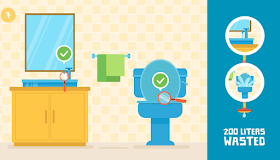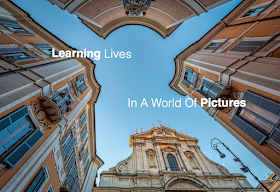 |
| Source: Kasra Design |
Students are always the first to want to care for Mother Earth. At our school’s Earth Day planting event on Friday, the kids asked why we didn’t do this more often — why we didn’t tend the gardens and grow vegetables and think about composting, recycling, and conservation on a more consistent basis.
The ensuing discussion led to questions about water. Each day seems to bring new headlines about the crisis in Flint or California, not to mention the global droughts that affect millions of people. Few people realize that only 2.5 percent of all the water on earth is fresh water. And two-thirds of that fresh water is locked in glaciers and ice caps, leaving only 1 percent to sustain the 7 billion inhabitants.
 |
| Source: Kasra Design |
Think of the inordinate amount of water we use every day through drinking, cooking, bathing, cleaning, producing food, making products, and generating electricity. It takes 2400 liters of water just to make one hamburger.
A terrifically produced explainer video from Kasra Design, called "Precious Water - Animation Awareness," brings these startling facts to life through a kid-friendly cartoon. The motion graphic, seemingly made for the Iranian Butane Industrial Group, offers 10 ways each of us can make a difference in conservation. These kind of tips resonate with students, because they require little sacrifice but offer a big reward.
Precious Water - Awareness Animation from Kasra Design on Vimeo.
Aside from the obvious advice of not running water while brushing teeth or not letting toilet leaks last too long, there are some clever ideas. For example, if we reduce our shower times by just 60 seconds, we can save 570 liters of water a month.
 |
| Source: Matter |
Another compelling motion graphic about the water crisis here in the United States is "Groundwater and the Drought: How the West Is Miscounting Water Supplies." Created by Jons Mellgren and Anna Mantzaris for "Killing The Colorado," a collaboration between ProPublica and Matter, this stop-motion video not only points out the facts behind our nation's water supply, but it also proposes genuine solutions at the governmental level. The design is appealing and cute for a wide range of young viewers, to get them excited early about working for lasting change.
Groundwater and the Drought: How the West Is Miscounting Water Supplies from Matter on Vimeo.
For other animated explainer videos to teach about STEM and the environment, check out:

















